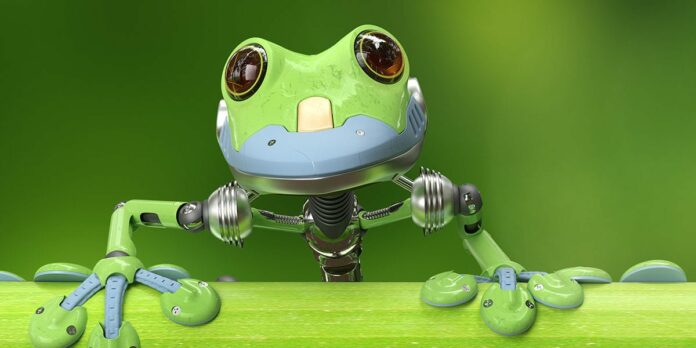Robots are replicating nature such as Mosquitoes on Mars, hoverflies with your lunch, and metal birds flocking like pigeons.
The natural world is an endless battle with itself for shelter, food, and sex. The sufferers starve or fall prey to predators, while the conquerors pass on genes that helped them succeed. By natural selection, species grow to navigate their environment. Engineers are studying nature to build natural robots.
Dr. Fangbao Tian and Dr. Brendan Burns, Biotechnologists at the University of New South Wales try to learn about the natural world to understand how animals swim and fly. Fangbao commented that nature teaches us to make efficient robots and that can be in kid’s toys, delivery drones. Brendan mentioned that they looking at nature and trying to catch up. Fish can quickly maneuver through the water to avoid predators and obstacles, these reactions happen faster than a computer, and their bodies evolved to use less energy to swim. Fish buoyancy is used on ocean glider which makes them travel without refilling.
Unflappable fliers
Study of bird’s and insect’s wings. Wings will differ for example A dragonfly’s wings are fairly stiff as something like a bee will have a mostly stiff wing with a flexible outboard as commented by Brendan. Due to the difference in wings, these animals have unique flying style. Fangbao and Brendan studies which wings are fit for different robot jobs. For example, mosquito wings might work on Mars.
Martian mosquitoes
Many insect wings depend on creating leading-edge vortexes, these vortexes occur when a wing tilts against the air current while flying. That makes a lift, before the pressure beneath the wing changes. Insects found a form to use the vortexes to fly incredibly well. Insects flip wings 200–1000 times a second. Human methods of flight depend on a large amount of air pressure, but on Mars the atmosphere is thin, making this flight difficult. Insects flights are perfect on Mars as it was small to depend only on air pressure.
Supercomputer simulation
To learn how insects, birds, and fish move through the water and air Fangbao and Brendan take recordings and then build simulations using powerful supercomputers at WA’s Pawsey Supercomputing Center. They use Artificial Intelligence (AI) to see how fish react to their environment. Researchers have a long way to travel before robots can fully copy nature. But could see one-day mosquitoes on Mars, plastic hoverflies deliver meals, divers swim alongside robotic fish. The expectation of robotics becomes a metal mirror to the environment.

